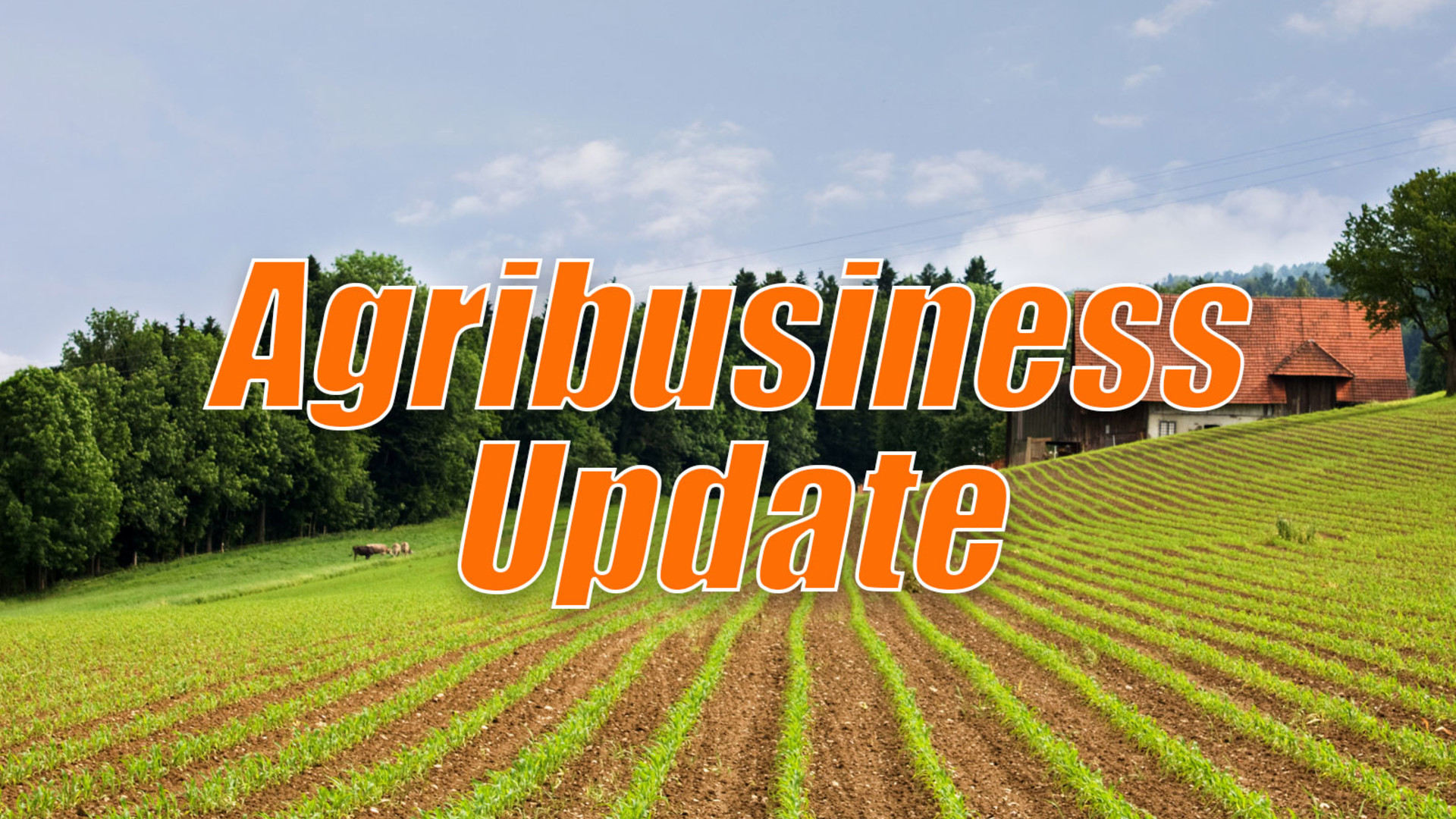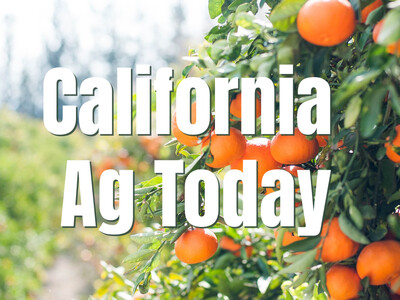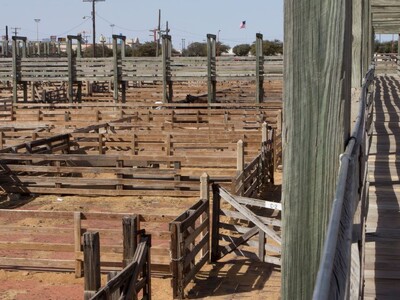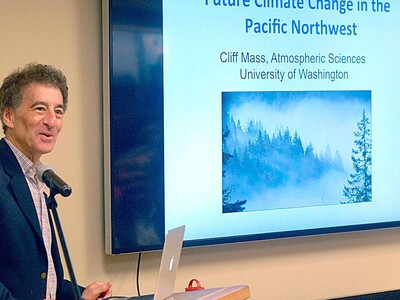Food Insecurity for Older Americans and Feeding a Growing Population
From the Ag Information Network, I’m Bob Larson with your Agribusiness Update.**In 2022, 9.1% of U.S. households with adults 65 and older were food insecure at some point.
Statistically, the prevalence of food insecurity in those households was significantly higher than the 7.1% in 2021 and 6.9% in 2020.
According to the USDA’s Economic Research Service the prevalence of very low food security in 2022 households with adults 65 and older was 3.4%, compared to 2.8% in 2021.
**To better understand how the world agriculture system may grow in response to population increases by 2050, researchers at USDA’s Economic Research Service created a range of scenarios.
Under medium population growth, production worldwide would have to increase to 14,060 trillion crop calories to feed 9.75 billion people in 2050.
This is a 47% increase from a 2011 baseline.
Add another billion people to that, we’re looking at a 61% increase.
**Senators Chuck Grassley, Joni Ernst and Tammy Baldwin are leading a bipartisan push to shed light on market factors driving the cost of fertilizer by introducing the Fertilizer Research Act.
The legislation would require the USDA to study competition and trends in the fertilizer market to determine their subsequent impacts on price.
Grassley says, with fertilizer being one of the ag industry's highest input costs, farmers shouldn’t have such a limited window into market fluctuations.














